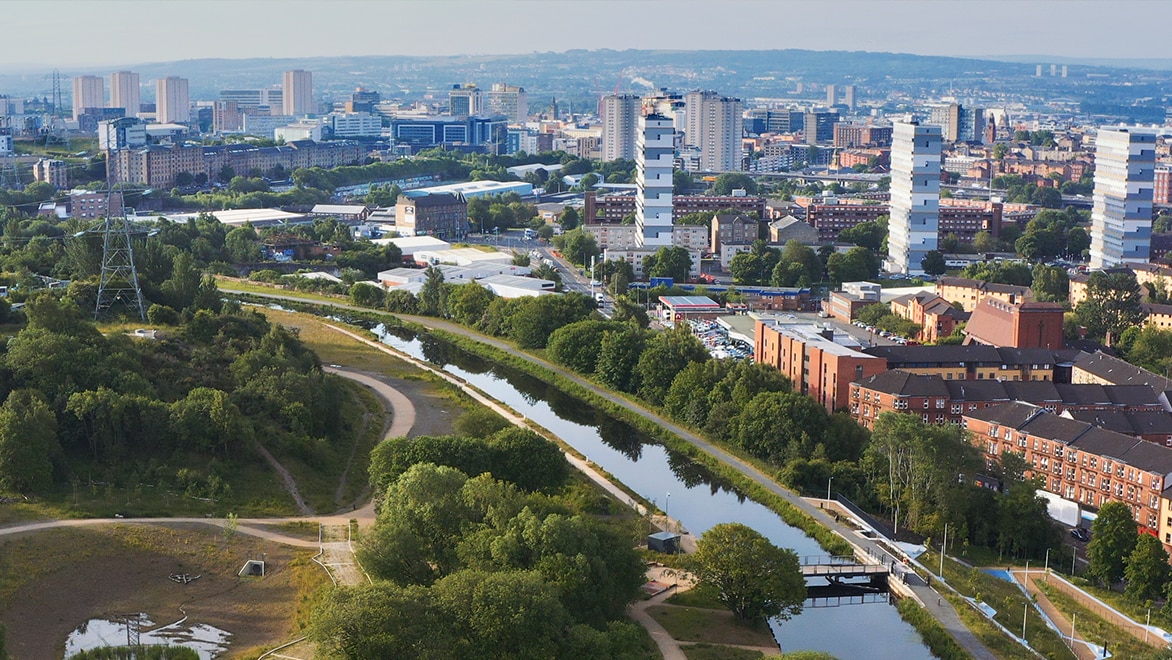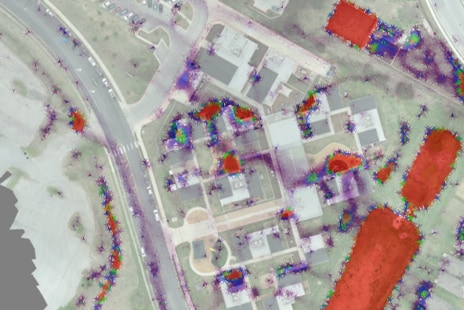Digital twins are virtual models of real-world systems that learn and adapt to changing circumstances. They are continuously updated by data and information. In the water industry, digital twins simulate the changing flows, levels, pressures, and controls in our water systems and tell us how well they are performing in the past, now, and in the future, reaching a level of sophistication where they can provide predictive recommendations to improved operational outcomes.
As a result, utilities are better able to manage flooding and overflows, reduce carbon, water leakage, energy, and chemical usage, optimize maintenance schedules, and rapidly respond to incidents.
Learn more.




























